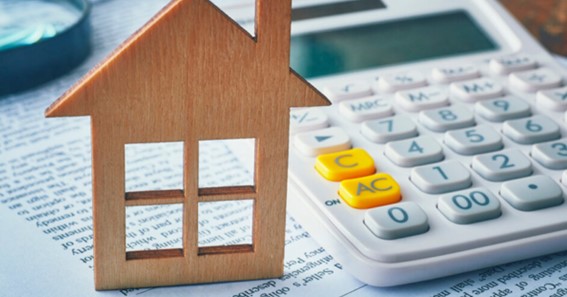The value of a rental property is determined by the price it can fetch and the profits it can generate. To determine if a rental property is a good investment, investors need to know how to calculate its worth. Here are some formulas that can help evaluate a potential rental property during apartment investing:
The Cost Approach
This method states that a property is only valuable for what it can be effectively utilized for. The approach is used to determine the value of undeveloped land. To determine the land’s value, calculate the value of any proposed upgrades and add it to the land value. If other apartments surround the land, then the best use of the land would be apartment investing. Checking the property zoning can also help determine the property’s value. Confirm the rental property is zoned for residential use to avoid additional rezoning costs.
The One-Percent Rule
The rule indicates that a sound investment should rent for at least one percent of its upfront rate. This approach focuses on a property’s upfront cost. You’ll need the sum of the buying value, closing costs, and overall repair expenses. When you start searching for investment properties, you will find many units to pick from. The one-percent rule can help you narrow down the options. It can assist you in deciding if a property investment merits further examination.
The Cap Rate
The cap rate is a rental property’s return on investment or ROI. It measures the ratio between an investment’s net operating income and its current market value. The capitalization rate assists you in calculating the possible returns from a property. Determine your net operating income, the projected rental yearly revenue minus maintenance and tax costs. Exclude mortgage payments, if you have one, from your operational costs. Consider the possible vacancy periods between tenants when calculating the projected rental revenue. Divide the project’s annual rental income by its existing market value. The calculation should give you the cap rate. Multiplying the capitalization rate by 100 gives you the property’s prospective earnings percentage.
Gross Rent Multiplier Approach
The calculation uses a property’s gross rent and not its cap rate or net operating income. It helps you determine a rental property’s value by checking the total rent an investor can earn annually. It assesses if a property is worth investing in before checking taxes, insurance, and other property-related costs.
The Capital Asset Pricing Model (CAPM)
The CAPM helps you weigh opportunity costs against risk before investing in a property. It compares a property’s potential ROI from rental income to free-risk properties. If the projected ROI on a risk-free property beats the possible ROI, the property is not worth the risk. When calculating CAPM, look at the property’s age and location. Older rental properties may attract high maintenance costs. Properties in gated communities may require fewer safety measures than investments in high-crime zones.
Other Considerations to Factor in Apartment Investing
Look for properties near schools, parks, shopping malls, and public transportation. Confirm if the rental property offers features such as renovated kitchens and bathrooms, modern appliances, air conditioning units, and other necessary items. Check local government-imposed rules regarding rental properties and tenant rights. Research the type of tenants your potential property attracts. These factors can help you evaluate if a real estate investment is worth your time and effort.
Invest in Apartment Renting Property Today
Rental properties can diversify your portfolio and help you build your wealth. They can create passive income and assist you in qualifying for tax benefits. Cap rates, the one-percent rule, the cost approach, and other models above can help you get a property worth investing in. Work with agents and real estate experts to assist you in finding the best property. Workshops from investing communities can offer insights into value calculations. Enroll in a real estate program to learn more.
Click Here – When To Schedule Air Conditioning Repairs: Avoiding the Busy Seasons

